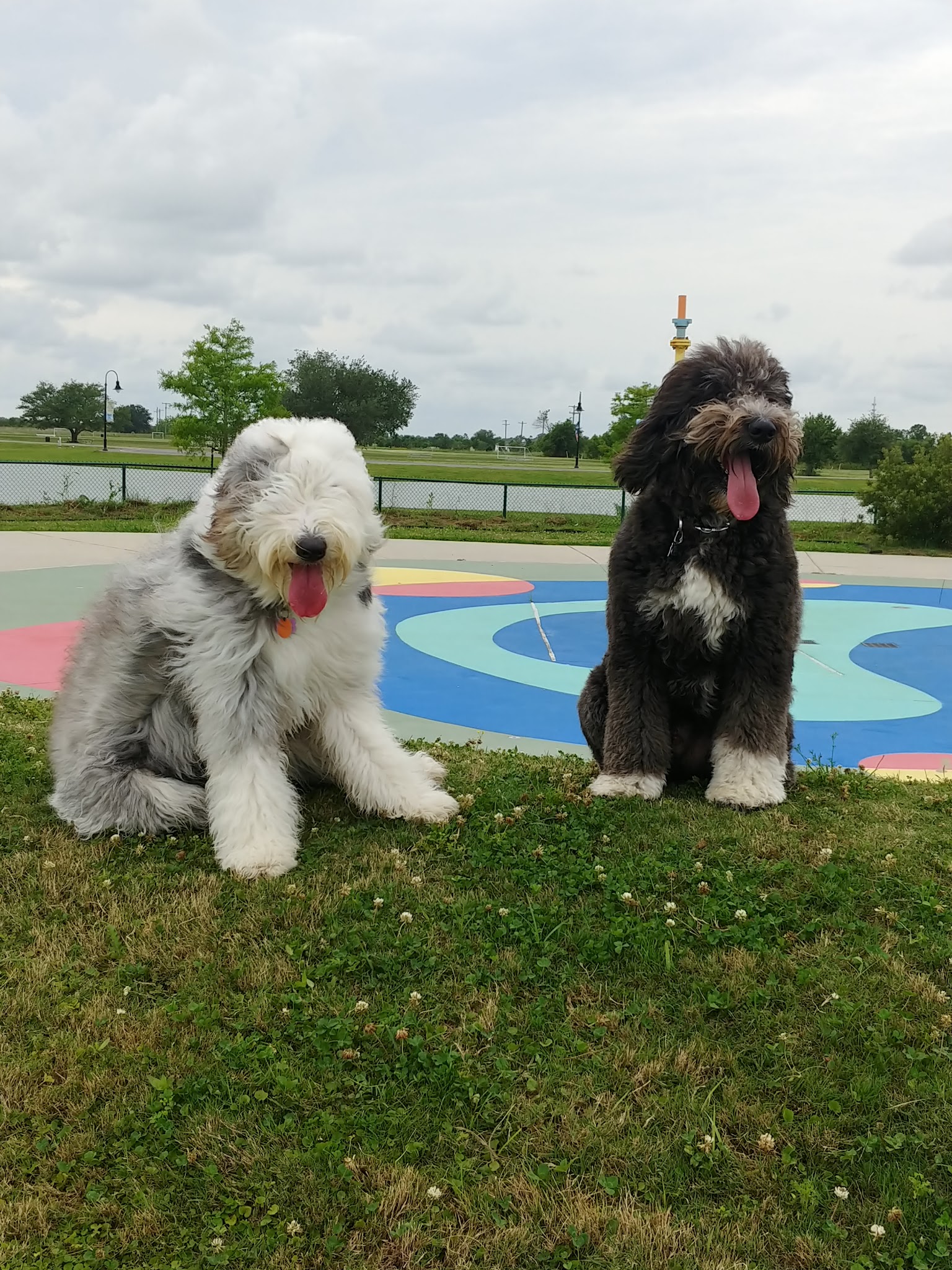Training your dog is one of the most rewarding experiences you can have as a pet owner. Not only does it strengthen the bond between you and your furry friend, but it also enhances their safety and your peace of mind. Two foundational commands that every dog should learn are “Sit” and “Stay.” In this guide, we’ll explore effective techniques to teach your dog these commands, ensuring a well-behaved companion.

Before diving into the training methods, let’s discuss why teaching your dog to sit and stay is crucial:
Before you start training, you’ll need a few essential items:
Select a quiet, distraction-free area for training. This could be indoors in a familiar room or outside in a fenced yard. Avoid busy parks or crowded places at first, as they can overwhelm your dog and hinder their focus.
Consistency is key in dog training. Set aside time each day for training sessions. Short, frequent sessions (around 5-10 minutes) are more effective than longer ones. Aim for 2-3 sessions daily to reinforce learning.

Start by getting your dog’s attention. Hold a treat close to their nose, allowing them to sniff it. This will engage their interest and focus.
Slowly raise the treat above their head. As they look up to follow the treat, their bottom will naturally lower to the ground.
As soon as your dog’s bottom hits the floor, say “Sit” in a clear, cheerful tone. This helps them associate the word with the action.
Once they sit, immediately reward them with the treat and praise them enthusiastically. Phrases like “Good dog!” or “Well done!” reinforce their behavior.
Repeat this process several times, gradually increasing the time between the command and the treat. Once your dog seems to understand, start saying “Sit” before you move the treat.
Once your dog reliably sits on command at home, practice in different locations. This helps them learn that “Sit” means the same thing everywhere.
Begin with your dog in the sitting position. This creates a solid foundation for the “Stay” command.
Open your palm toward your dog and say “Stay” in a firm but gentle voice.
Take one step back while maintaining eye contact with your dog. If they stay put, reward them immediately. If they move, gently guide them back to the sitting position.
As your dog becomes more comfortable with the command, gradually increase the distance and duration before you reward them. Start with just one step and then move to two, then three, and so on.
Introduce distractions to test your dog’s understanding of the command. Have a friend walk by, or toss a toy nearby. If they stay put, reward them; if they move, calmly bring them back to the starting position and try again.
Consistency is crucial. Practice the “Stay” command in various environments and situations. This will help solidify their understanding and compliance.

If your dog seems distracted or uninterested, try changing your environment or using higher-value treats. Ensure that training sessions are short and engaging.
If your dog doesn’t obey the commands consistently, revisit the basics. Go back to rewarding for simple actions before gradually building up to more complex commands.
If either you or your dog becomes frustrated, take a break. Training should be a positive experience. Return to it later when both of you are in a better mindset.

Always reward good behavior with treats, praise, or playtime. This encourages your dog to repeat the desired actions.
Training takes time. Every dog learns at their own pace. Be patient and maintain a positive attitude throughout the process.
Take your dog to different environments and expose them to various stimuli. This will help reinforce their training in real-world situations.
Training your dog to sit and stay is a foundational skill that enhances their safety and your enjoyment of their company. By following these steps and maintaining consistency, you’ll cultivate a well-mannered pet that you can confidently take anywhere. Remember, patience and positive reinforcement are key. Enjoy the journey of training your furry friend, and celebrate the small victories along the way!
Copyright © LocalPetStores | All rights reserved. Address: 3627 Ray Court, Fayetteville, NC 28305, United States.